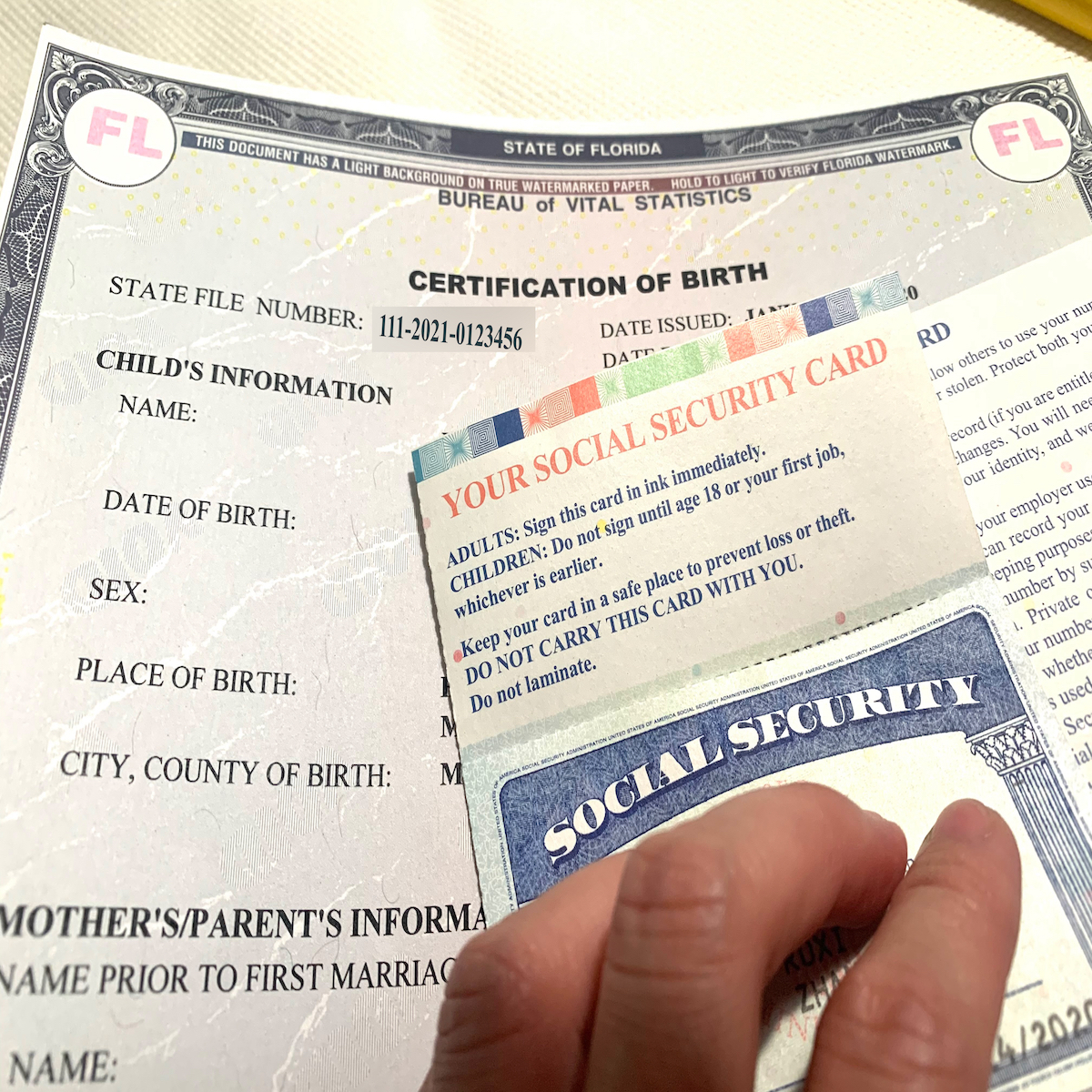
Introduction
Affordable DNA kits, popular family-history shows, and many online archives make it easy to trace your roots. You can go from thinking, “I think great-granddad was from X,” to seeing a scanned certificate on your screen.
The catch? The web is like a maze. Some sites let you in for free, while others ask for payment. Many sites are only available in certain areas or for specific types of records.
This guide helps you find the best genealogy websites, both free and paid. You can choose the right tool for your search. Whether you need a Chicago marriage record, an Irish census, or a U.S. Civil War pension file, this guide has you covered.
What Makes A Great Genealogy Website?
Think of choosing a genealogy site like picking the right library:
- Record size & depth: Do they have billions of pages and the juicy parts (names, dates, relationships)?
- Geographic scope: Does it actually cover your places?
- Findability: Good filters, OCR for newspapers, useful hinting/matching, maps, and clustering.
- Unique collections: Parish books, tithe maps, military files, or local gazettes you won’t find elsewhere.
- Price & access: Free vs. subscription vs. pay-per-view. Also, libraries that offer free onsite access?
- Community & collaboration: Smart Matches, one-world trees, volunteer indexing.
The Big Five: Extensive and Varied Platforms (Start Here)
1. FamilySearch (one of the best free genealogy websites, global, church-backed)
A large global record library offers free trees and hints. A nonprofit organization runs it with support from The Church of Jesus Christ of Latter-day Saints. The most generous “first stop” on the planet for beginners exists here. FamilySearch
Best for: Beginners, budget researchers, global hunts, and anyone who prefers free.
2. Ancestry (largest commercial ecosystem + DNA)
Ancestry’s system combines large record sets with the biggest consumer DNA network. This helps with cousin matching and tree hints. Official pages highlight scale, with data measured in petabytes and terabytes. Recent reports say the record count is in the tens of billions.
Use it for one-stop convenience, especially in the U.S., and supercharged DNA discovery. Ancestry
Best for: U.S. research, DNA-assisted discovery, “I’d like everything in one place.”
3. MyHeritage (international focus, AI photo tools, DNA matching)
Strong outside the U.S. in places like Europe, Latin America, and Israel. It offers great support in many languages. Well-known for photo colorization and enhancement. It also excels in cross-language tree matching.
Their live stats highlight a huge and growing records corpus. MyHeritage
Best for: Cross-border families, non-English records, photo tools, DNA triangulation.
4. Findmypast (British & Irish specialist)
If you have England, Wales, Scotland, or Ireland in your tree, Findmypast is essential. It shares the British Newspaper Archive with the British Library. It also has important parish records and the 1921 Census for England and Wales. britishnewspaperarchive.co.uk
Best for: UK/Ireland lines, parish registers, and deep dives via the British Newspaper Archive.
5. Geneanet (community-driven, Europe-heavy, especially France)
A collaborative, community-first platform with deep continental coverage. It joined the Ancestry family in 2021 but retains its contributive ethos and strong European community. Geneanet
Best for: Continental European lines, collaboration, tree-first researchers.
Specialized Treasure Troves (Add These When You Hit a Wall)
Military & Veterans
- Fold3 (Ancestry-owned): Service files, pensions, muster rolls—gold for U.S. military lines. Fold3
- CWGC (Commonwealth War Graves Commission): 1.7M WWI/WWII casualties: indispensable for UK, India, Africa, ANZAC connections. CWGC
- U.S. National Cemetery Administration & Veterans Legacy Memorial: Nationwide burial/memorial pages across national cemeteries. Trove
Newspapers & Obituaries
- Newspapers.com: The heavyweight: 1+ billion pages, superb for obits and local gossip; fantastic context for names, addresses, workplaces. newspapers.com
- British Newspaper Archive (BNA): With the British Library; 2,700+ titles across 200+ years (also inside Findmypast).
- Trove (AUS) and Papers Past (NZ): Free national portals of digitized newspapers—powerful and generous. Trove
- Chronicling America (USA): Library of Congress historic newspapers (free), newly upgraded in Aug 2025. The Library of Congress
- Legacy.com and Ryerson Index (AUS): Legacy collects millions of obituaries from the U.S. and around the world. Ryerson is a free index of Australian death and funeral notices since 1803. Legacy
Cemeteries & Memorials
- Find a Grave: 250M+ memorials; often includes plot locations and photos. Find a Grave
- BillionGraves: GPS-tagged headstones—perfect for precise cemetery mapping. BillionGraves
Jewish Ancestry
- JewishGen: The core hub—databases, town finders, and projects across the diaspora.JewishGen
- Yad Vashem: Central Database of Shoah Victims’ Names: 4.9M+ names documented, essential for Holocaust research.Yad Vashem
- Arolsen Archives: The world’s largest archive on victims/survivors of Nazi persecution; 40M+ documents digitized.Arolsen Archives
U.S. Gateways
- National Archives (NARA): Start-here guides, catalogs, and free onsite access (Ancestry/Fold3 partners).NARA
- AccessGenealogy: Packed, curated U.S. links—especially strong on Native American resources.Access Genealogy
- Cyndi’s List: The classic directory to 300K+ genealogy links—like the librarian who knows every shelf.Cyndi's List
Free Genealogy Sites Everyone Should Know
- FamilySearch (records + trees): Always start here; some images viewable only at partner libraries/FHCs. FamilySearch
- USGenWeb: Volunteer-run, county-by-county resources across the U.S. (plus special projects). USGW Archives
- Internet Archive (Genealogy collection): Digitized local histories, directories, yearbooks—great for context. Grapevine Library
Regional Powerhouses & Government Portals (Huge Time-Savers)
British Isles
- ScotlandsPeople (official): Civil BMDs, censuses, and kirk registers (pay-per-view). Scotland's People
- IrishGenealogy.ie (official, free): Civil BMD indexes and many images; plus church registers. WieWasWie
- RootsIreland.ie: Transcribed parish records via local heritage centers (subscription). Geneteka
- TheGenealogist: UK-centric with tithe maps, land/property, and Map Explorer™ for place-based research. TheGenealogist
Europe (selected standouts)
- France: Geneanet (community trees) + Filae (civil & parish records). Geneanet Filae
- Italy: Antenati—the official portal for digitized civil registrations (free). antenati.cultura.gov.it
- Netherlands: WieWasWie—central search for civil and church records (230M+ persons). WieWasWie
- Poland: Geneteka (massive volunteer indexes) + Szukaj w Archiwach (Polish National Archives). Geneteka
- Germany: Archion (Lutheran church books) + Matricula (Catholic/other registers across several countries). Kirchenbücher online mit ARCHION
- Nordics: ArkivDigital (Sweden, subscription; 100M+ images) Arkivdigital , Digitalarkivet (Norway, free) Digital arkivnet , Arkivalieronline/DDD (Denmark). arkivalieronline
Collaborative World Trees
- Geni: A single "World Family Tree" that had over 200 million connected profiles in 2025. A great place to find merges and distant links exists. Geni
- WikiTree: Free, source-driven, community-curated—41M+ profiles in 2025—with projects and strict sourcing norms. Wikitree
- FamilySearch is a free, shared family tree with about 1.76 billion people and 3.78 billion sources. It offers strong Record Hints that suggest historical records automatically.
- Full change logs exist for transparency. You can also create Family Groups for private collaboration on living relatives. FamilySearch
DNA Utilities & Match Helpers
- AncestryDNA: Largest autosomal match database; excellent tree integration with ThruLines and SideView (parental split). ancestry.com
- MyHeritage: Cross-company uploads supported; strong European coverage; Chromosome Browser + triangulation and AutoClusters; Theory of Family Relativity links DNA to records. MyHeritage
- FamilyTreeDNA: Y-DNA and mtDNA for deep paternal/maternal lines; robust surname projects. familytreedna.com
- 23andMe: Strong autosomal tools + “DNA Relatives” for cousin matching (health add-ons optional). customercare.23andme.com
- GEDmatch: Compare raw DNA across testing companies; clustering and segment tools. gedmatch.com
- Genomelink: Upload your 23andMe or Ancestry raw data. Get a clear list of DNA matches. Compare shared origins across different regions and communities. Genomelink
What 700+ Genealogy Enthusiasts Told Us About The Best Family History Sites in 2025
From tree-building to DNA matching, the genealogy world is overflowing with tools. Which ones are actually helpful? We surveyed 737 genealogy enthusiasts in February 2025 to learn. Here's what they said.
Best for Building Family Trees
Ancestry
- Widely used (621 respondents), with 95% calling it useful or extremely useful.
- Top marks for ease of use and record depth.
MyHeritage
- Especially popular in Europe. 83% rated it useful or extremely useful.Strong global records and DNA tools.
FamilySearch
- Free, nonprofit platform with a collaborative global tree.
- 85% found it helpful, despite fewer bells and whistles.
People used Geni, FamilyTreeDNA, and 23andMe less often or for more niche purposes.
Best for Finding DNA Matches
- AncestryDNA was the best choice again. 87% of users found it helpful for matching cousins. This is because of its large DNA database and family tree features.
- MyHeritage DNA followed closely, praised for its diverse user base and helpful tools.
- 23andMe also did well, but users wished for better contact options with matches.
Hidden Gems & Niche Record Sources
Beyond the prominent names, users highlighted several useful (and often free!) record sites:
- Ellis Island & Castle Garden (immigration records)
- Commonwealth War Graves & Fold3 (military records)
- JewishGen, Yad Vashem, Trove, Geneteka, Arolsen Archives
These platforms are vital for those with non-U.S. or minority ancestry.
Who Took the Survey?
Respondents spanned the globe: UK, Sweden, Ireland, Austria, the U.S., and more. Most were in their 40s–60s, with a majority identifying as female.
Final Takeaways
- Ancestry is still king, for both trees and DNA.
- MyHeritage is the go-to for international users.
- FamilySearch wins on free access and collaboration.
- Specialized archives fill in the gaps the major industry players miss.
Whether you're tracing Irish roots or matching Viking DNA, the best site is the one that meets your unique family history needs.
Which Site Should You Start With?
- Beginners: Start free, FamilySearch for records + Find a Grave for cemetery clues. Build a small, well-sourced tree before paying. FamilySearch
- U.S. research: Ancestry for breadth; add Fold3 (military) and Newspapers.com (obits/community). Ancestry
- UK/Ireland: Findmypast + BNA; add official portals (ScotlandsPeople, IrishGenealogy.ie). Britishnewspaperarchive
- Collaborative trees: Geni and WikiTree to tap into one-world trees and cousins. Geni
Tips to Squeeze the Most From These Sites
- Cross-check everything. Hints are leads, not facts: confirm with multiple records (NARA’s beginner primers are great). Scotland's People
- Mix free + paid. Use FamilySearch for an index; view the high-res image on Ancestry/MyHeritage/Findmypast—or vice versa. FamilySearch
- Harness newspapers. Obituaries unlock maiden names, in-laws, and home villages (Newspapers.com, BNA, Trove, Papers Past). Papers Past
- Contribute back. Upload headstone photos (BillionGraves/Find a Grave), index a page (FamilySearch), or improve sources (WikiTree/Geni). BillionGraves
Conclusion
Genealogy isn’t just about documents; it’s about stitching together the stories that shaped your family. Begin with one complete platform. Then, add the regional or specialty sites that match your needs. Use newspapers, cemeteries, and DNA tools to check and improve each claim.




.png)




